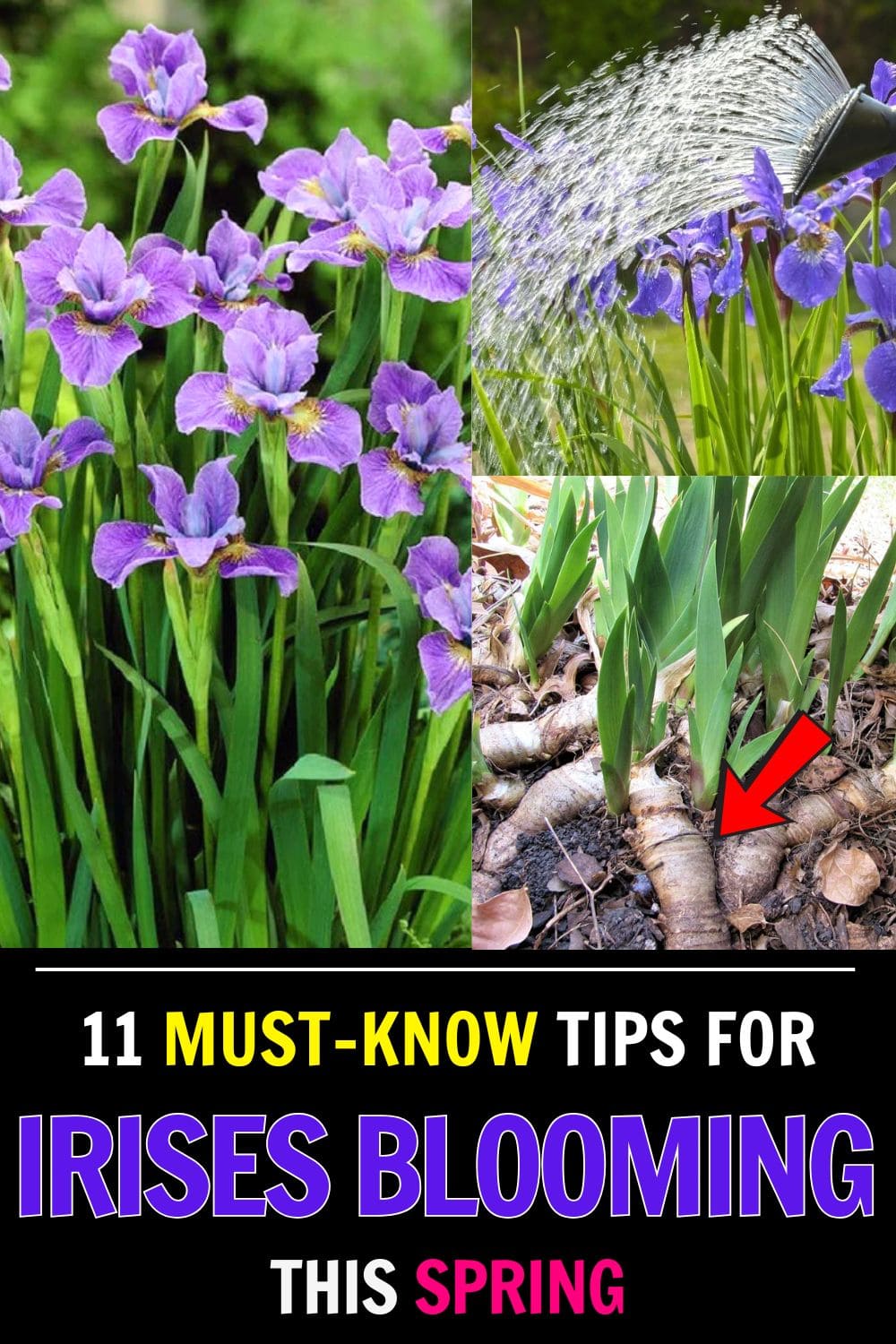Every spring, I eagerly await the first signs of my irises waking up after their winter rest.
There’s nothing quite like the sight of their elegant blooms swaying in the breeze, adding vibrant splashes of purple, yellow, blue, and white to the garden.
But to get that breathtaking display, you can’t just leave them to fend for themselves. Irises have a few specific needs, and if you give them the right care this spring, they’ll reward you with some of the most stunning blooms you’ve ever seen.
1. The Right Time to Expect Blooms
If you’re like me, you probably check your garden daily, looking for those first buds. Most irises bloom in late spring, usually around May or June, depending on your climate.
Some early varieties may even show off their flowers in April, while re-blooming irises can surprise you with a second round in late summer or fall.
If you planted your irises last year, they might not bloom as much in their first season, but don’t worry, once established, they’ll put on a fantastic show every year.
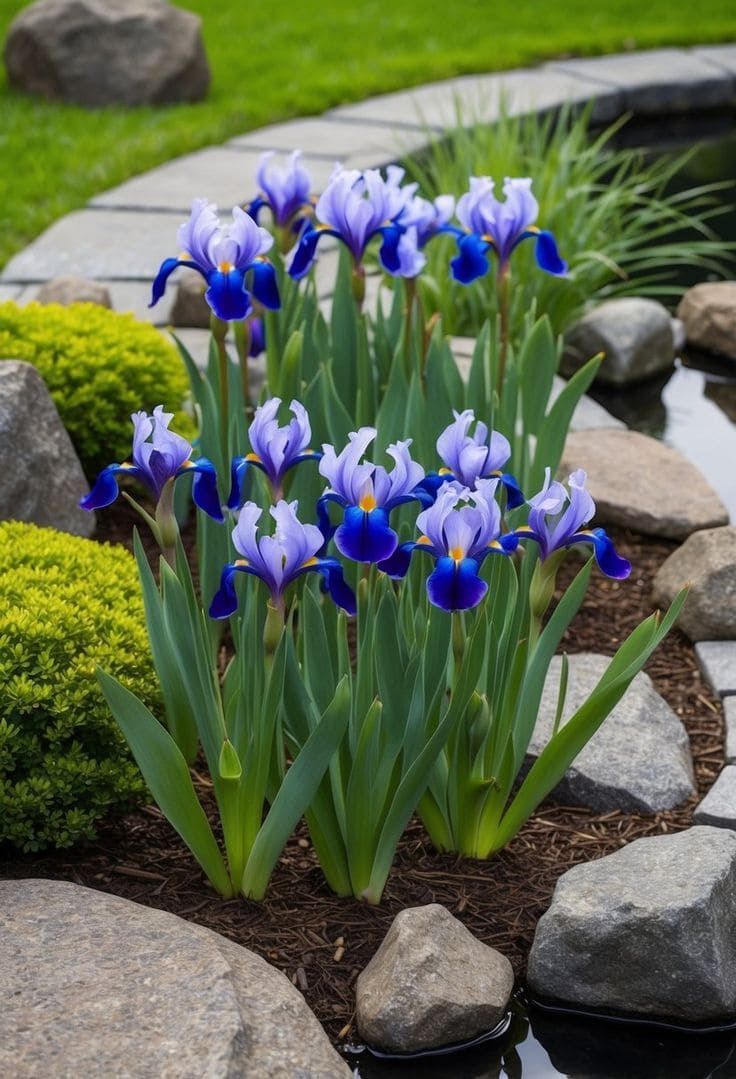
2. Choose the Right Iris Varieties for Your Garden
Not all irises are the same. Some bloom in early spring, while others flower later in the season.
Bearded irises, for example, are known for their bold, ruffled petals and often rebloom in fall if cared for properly. Siberian irises are more delicate and thrive in slightly wetter conditions. Japanese irises love rich, moist soil and produce elegant, exotic-looking blooms.
I like mixing different types to extend the blooming period in my garden.
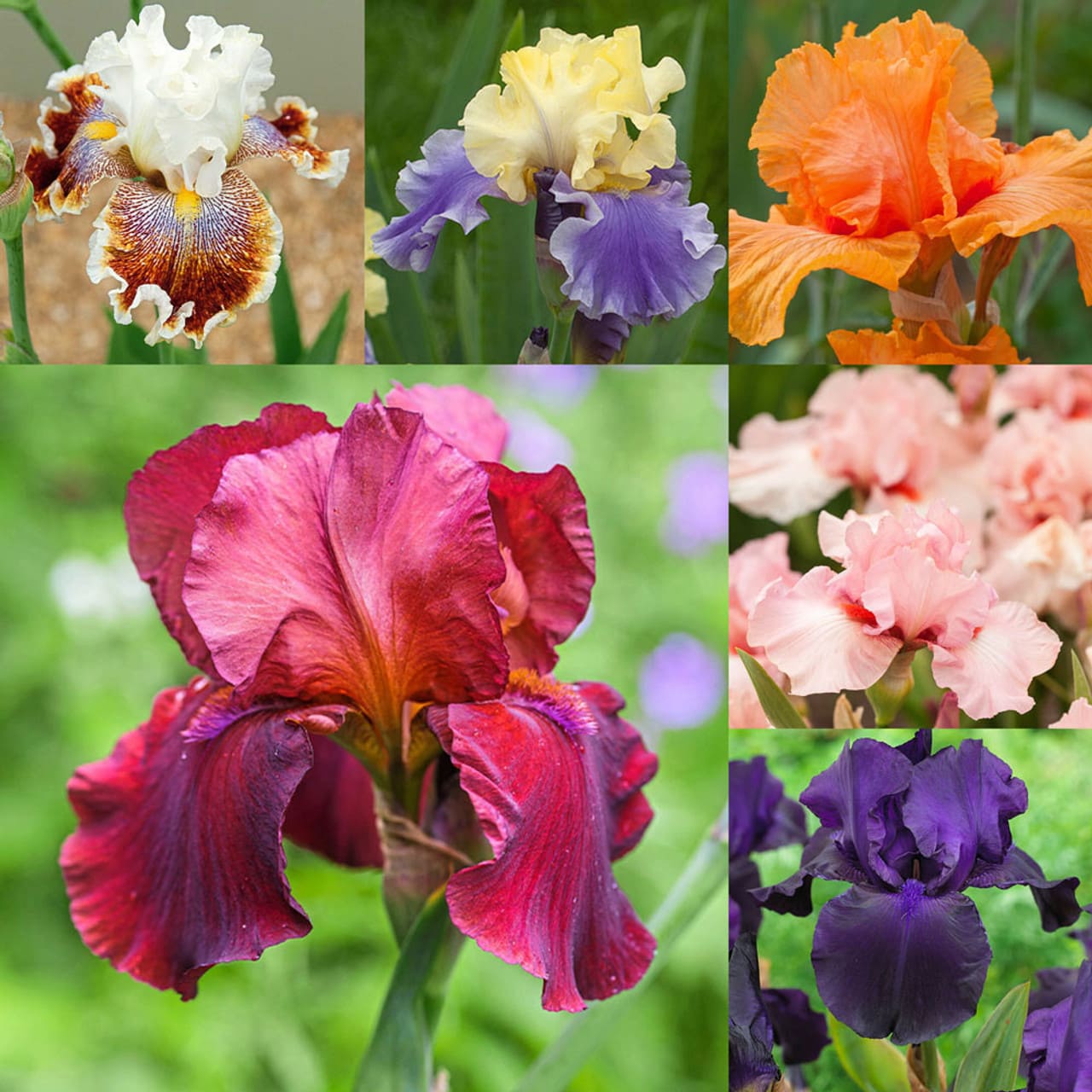
3. Irises Need the Right Amount of Sunlight
Irises are sun lovers, and if you want vibrant blooms, you have to give them the light they crave. They need at least six hours of full sun daily to bloom properly.
If they’re in too much shade, you might get healthy foliage but very few flowers. I once planted a row of irises under a partially shaded fence, thinking they’d still bloom, but I only got leaves.
The following year, I moved them to a sunnier spot, and they flourished. Full sun is non-negotiable if you want a stunning display.
4. Well-Draining Soil is Key
Irises hate soggy feet. Their rhizomes (the thick, root-like structures) will rot quickly if left in standing water.
The first time I grew irises, I mistakenly planted them in heavy clay soil, and they barely survived the winter. Now, I always plant them in well-draining soil with a bit of sand or compost mixed in.
If you have heavy soil, try adding organic matter to improve drainage. Raised beds also work wonders for preventing root rot.
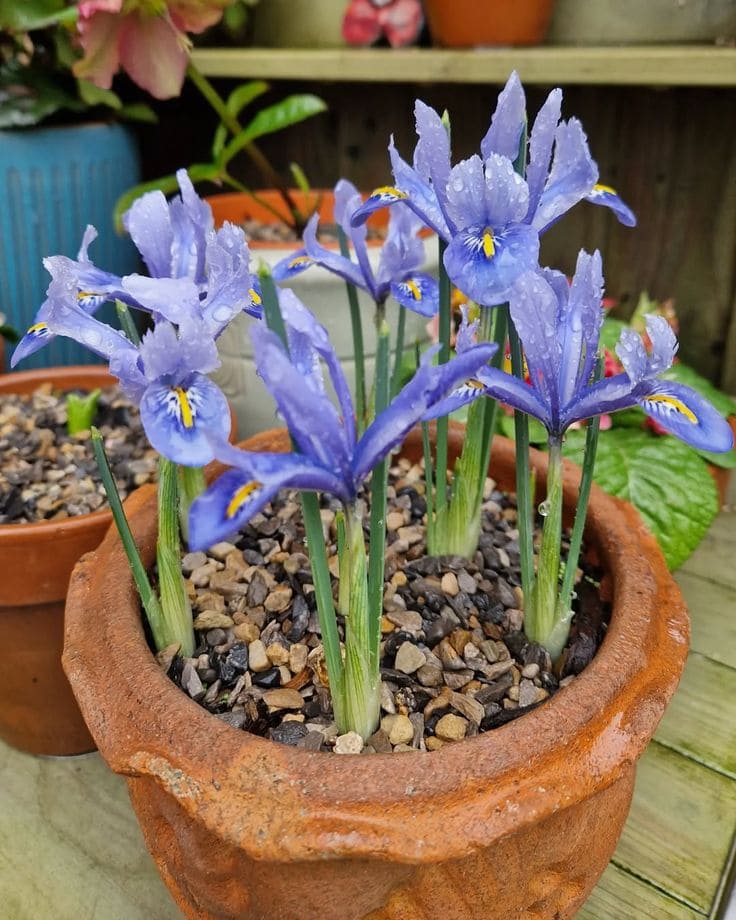
5. Don’t Plant the Rhizomes Too Deep
One of the most common mistakes people make with irises is planting the rhizomes too deep. Unlike bulbs, which need to be buried, iris rhizomes need to sit slightly above the soil surface. If you bury them completely, they won’t bloom.
I usually plant mine so that the top of the rhizome is just peeking out of the soil. This allows them to get the sunlight and air circulation they need to stay healthy.
6. Divide Irises Every Few Years
Irises are tough, but they can get crowded over time. If your plants have stopped blooming or seem sluggish, it might be time to divide them.
Every three to four years, I dig up my iris clumps after they finish blooming (usually in late summer) and separate the healthy rhizomes.
I replant them in fresh soil with plenty of space between each one. This prevents overcrowding and encourages stronger blooms the following spring.
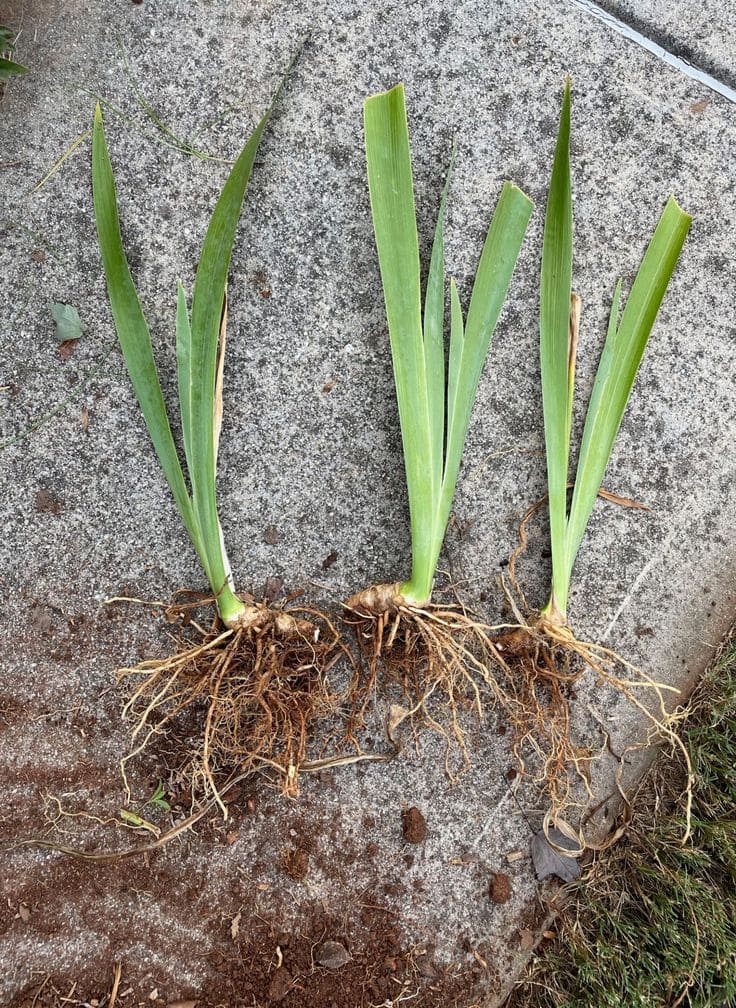
7. Watering Matters, But Don’t Overdo It
While irises appreciate regular watering when they’re first planted, mature plants are quite drought-tolerant. I water mine deeply once a week during dry spells but avoid overwatering.
The key is to let the soil dry out slightly between waterings. Too much moisture, especially in spring, can lead to rot and fungal diseases, so I always make sure my irises have good air circulation around them.
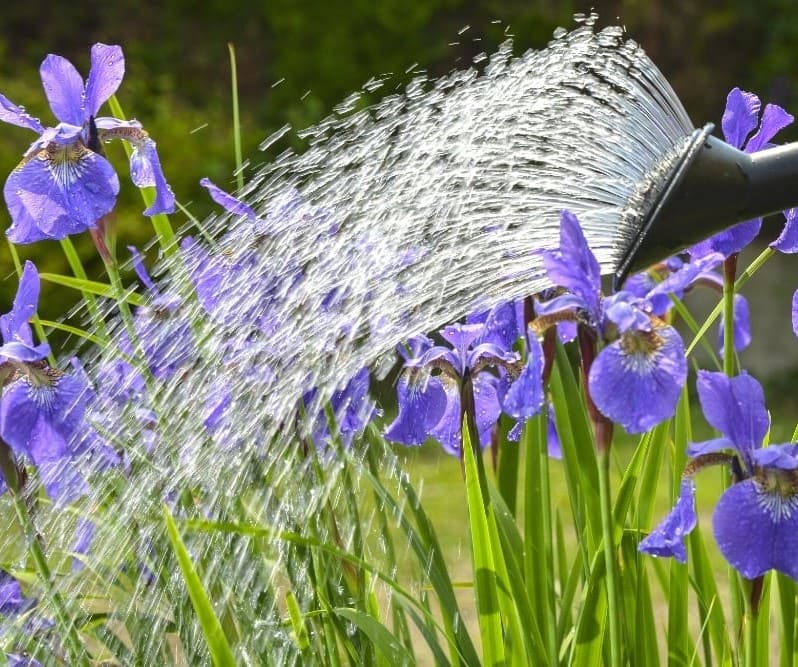
8. Feed Them at the Right Time
If you want bold, healthy flowers, feeding your irises at the right time makes all the difference.
I always apply a low-nitrogen fertilizer in early spring, just as the new growth starts to emerge. A balanced 5-10-10 fertilizer works great.
Too much nitrogen encourages leafy growth at the expense of flowers, so I avoid high-nitrogen fertilizers. A second feeding right after blooming helps the rhizomes store energy for the next year’s flowers.
9. Deadheading Spent Blooms Encourages More Flowers
Once an iris bloom fades, I make it a habit to remove the spent flower stalk. This prevents the plant from putting energy into seed production and redirects it toward strengthening the rhizome for next year’s blooms.
However, I leave the foliage alone until it naturally turns yellow in late summer because it continues feeding the plant. Pruning too soon weakens the iris and leads to fewer blooms the next season.
10. Keep an Eye Out for Pests and Diseases
Irises are generally low-maintenance, but they can still fall victim to pests like iris borers and diseases like leaf spot. I check my plants regularly for signs of trouble, chewed leaves, mushy rhizomes, or dark spots on the foliage.
If I spot any problems, I remove affected leaves immediately and apply an organic fungicide or insecticidal soap.
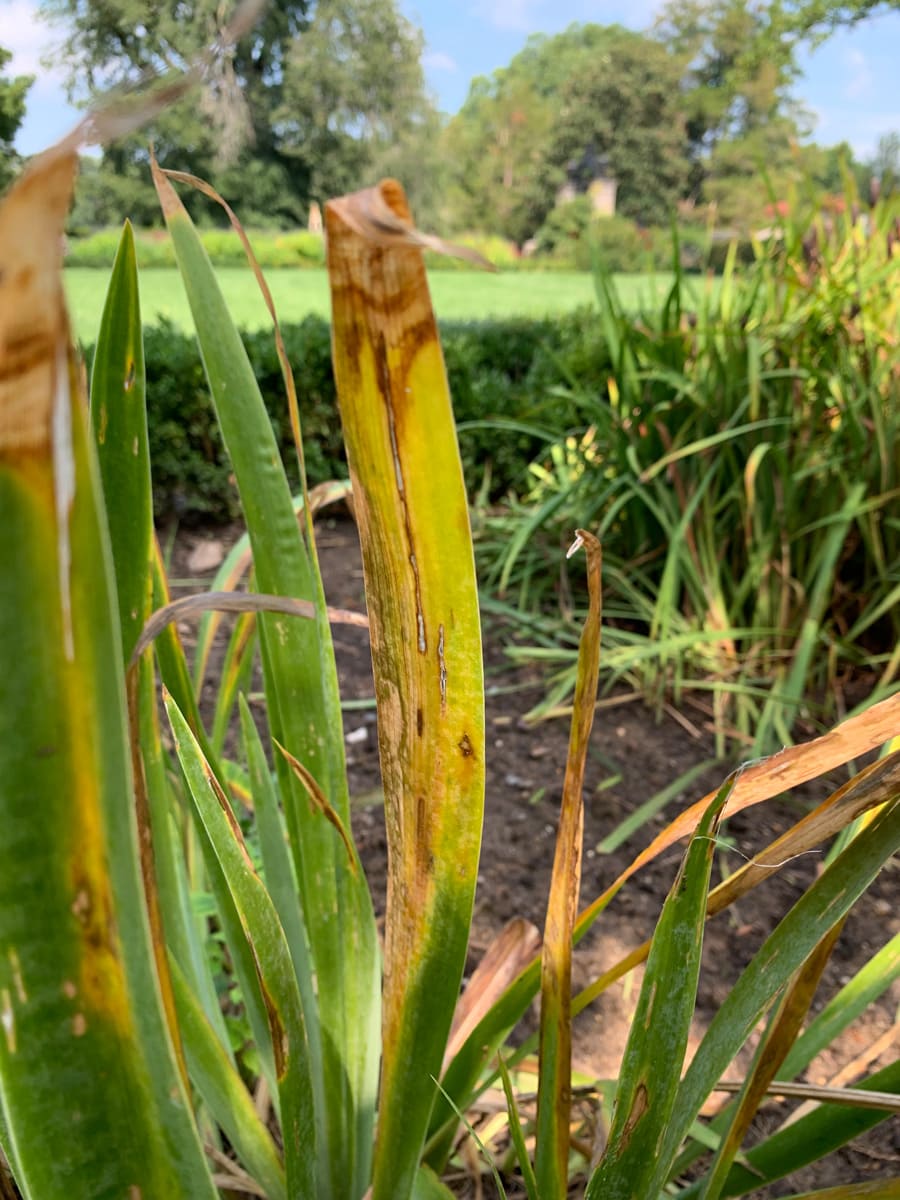
11. Mulch Wisely to Protect Against Weeds and Weather
A light layer of mulch can help retain moisture and keep weeds at bay, but irises don’t like to be buried. I use a thin layer of mulch around my plants, keeping it away from the rhizomes to avoid rot.
In colder regions, I add a bit more mulch in winter to protect against frost heaving. Come spring, I remove excess mulch so the rhizomes can soak up the sunlight.
